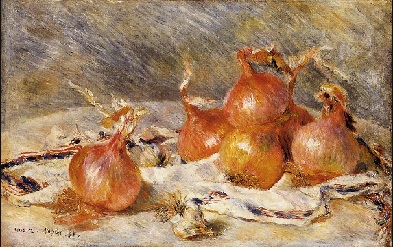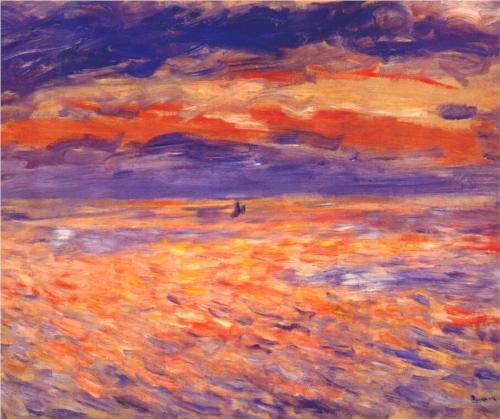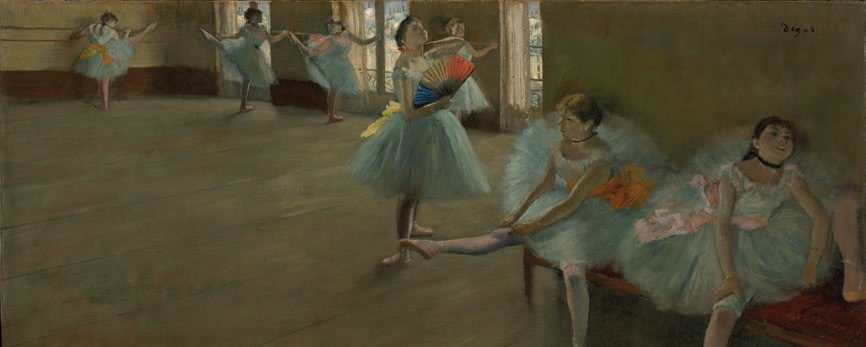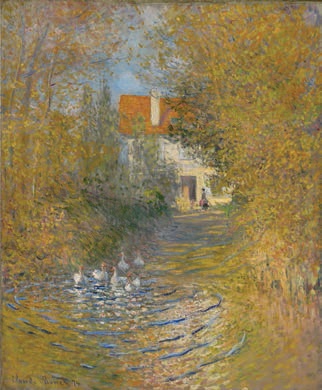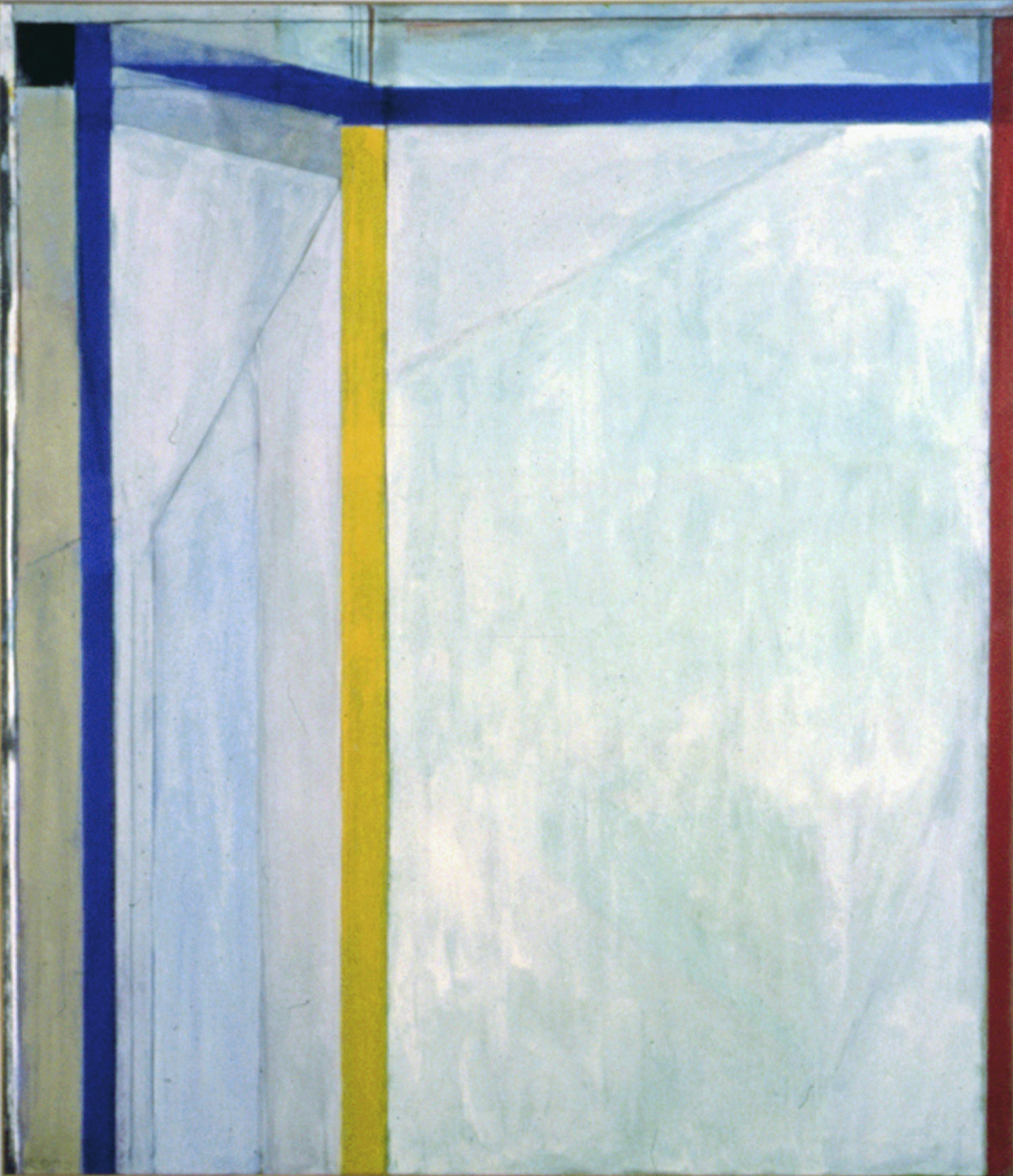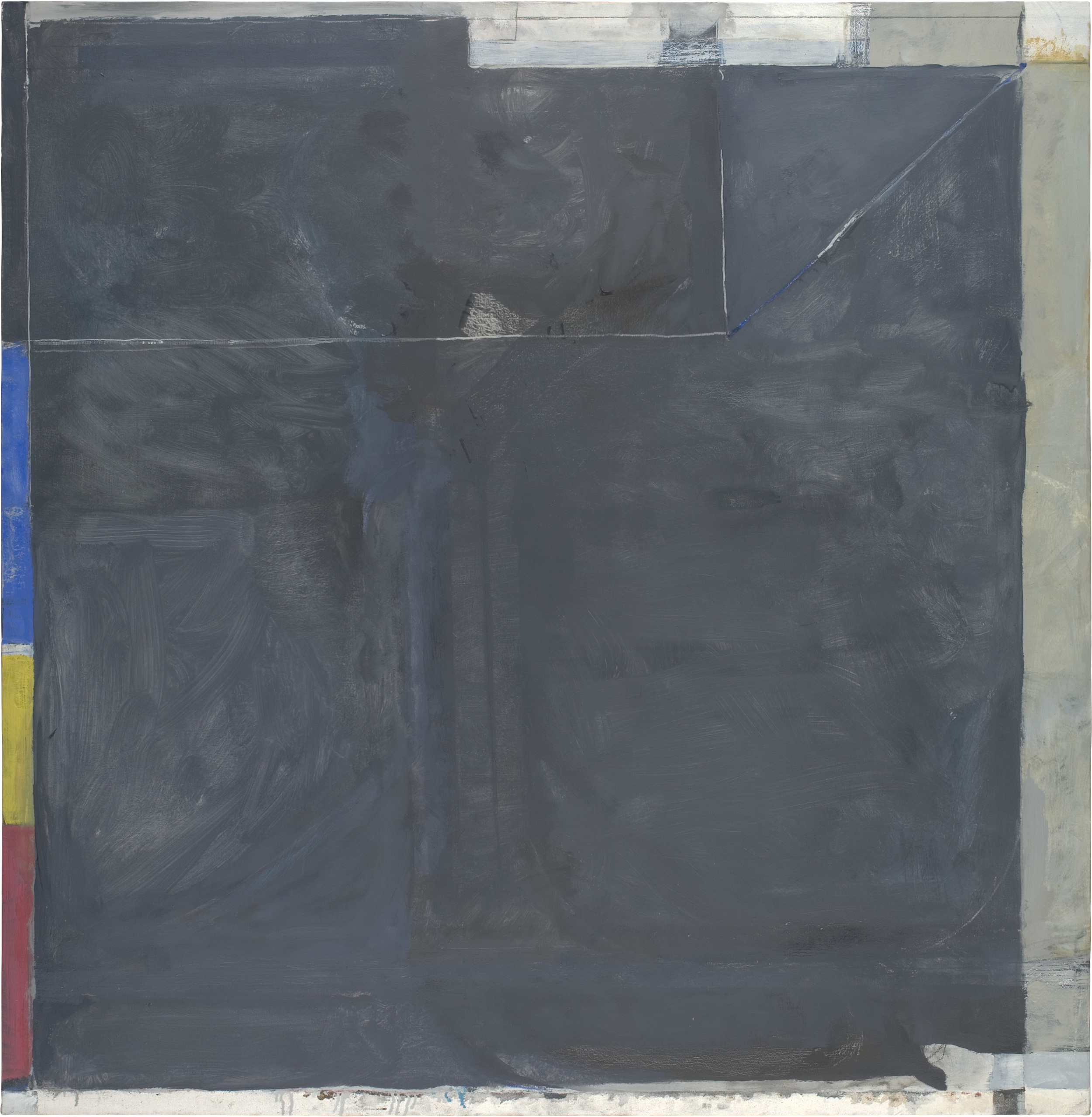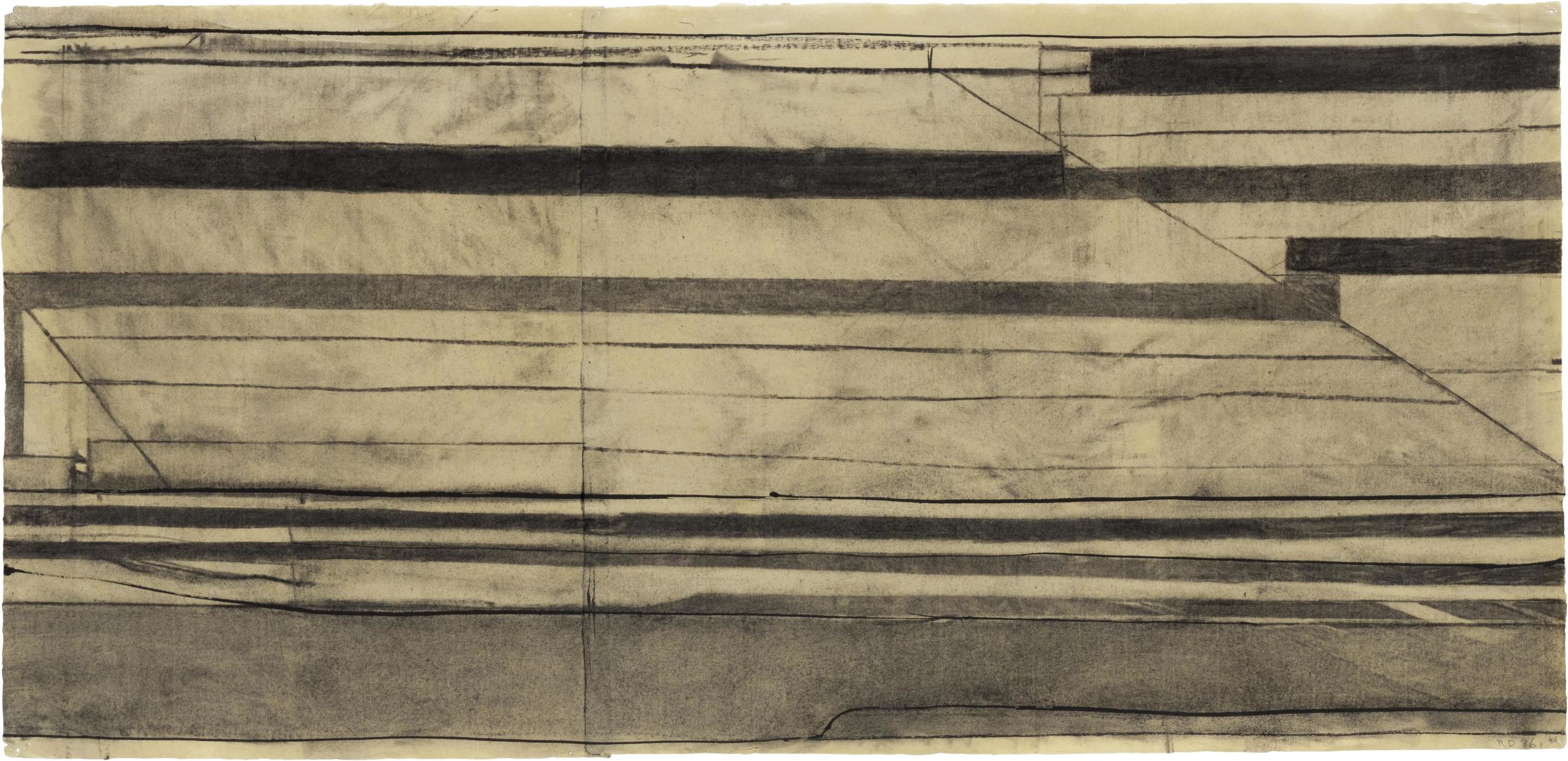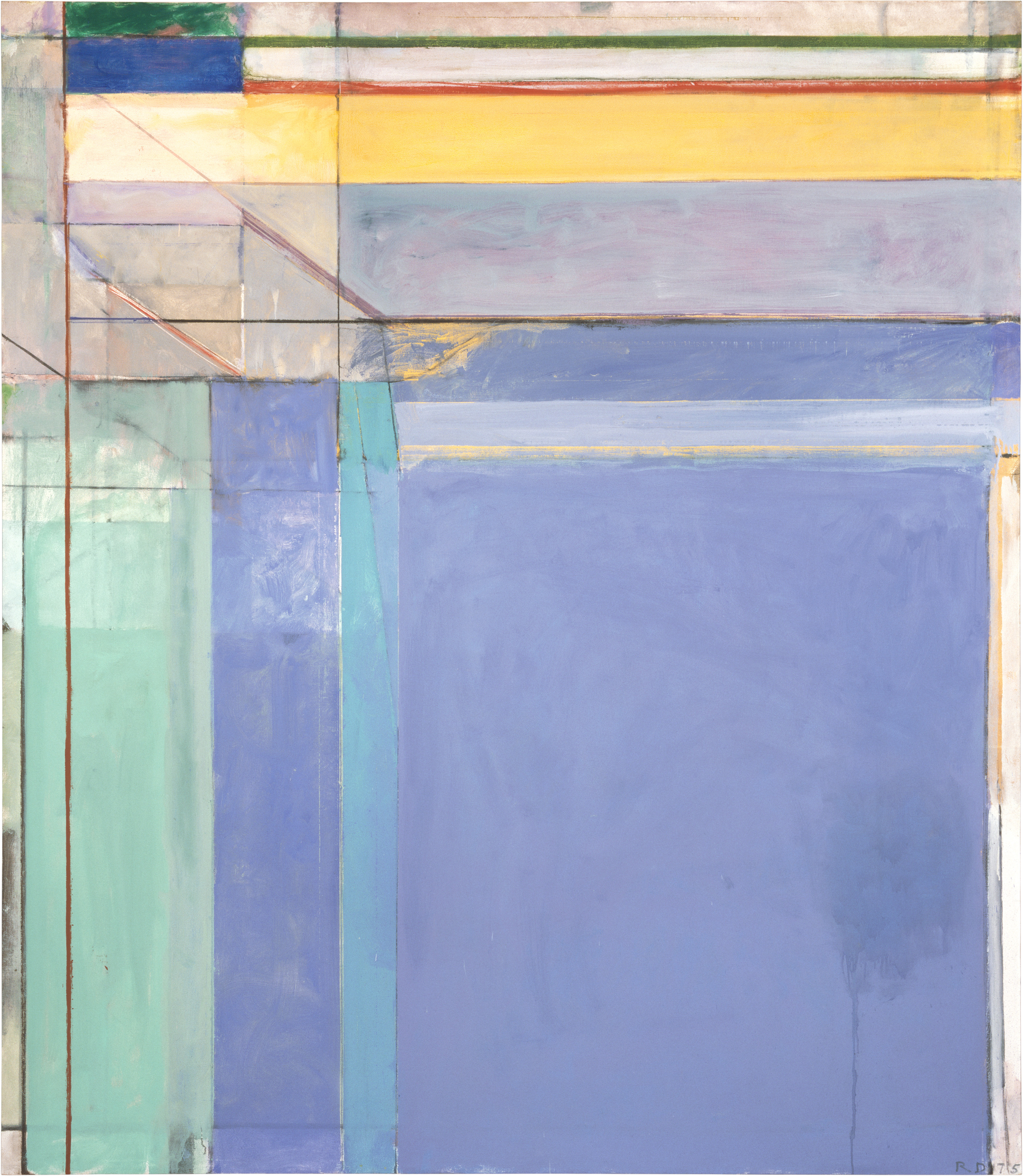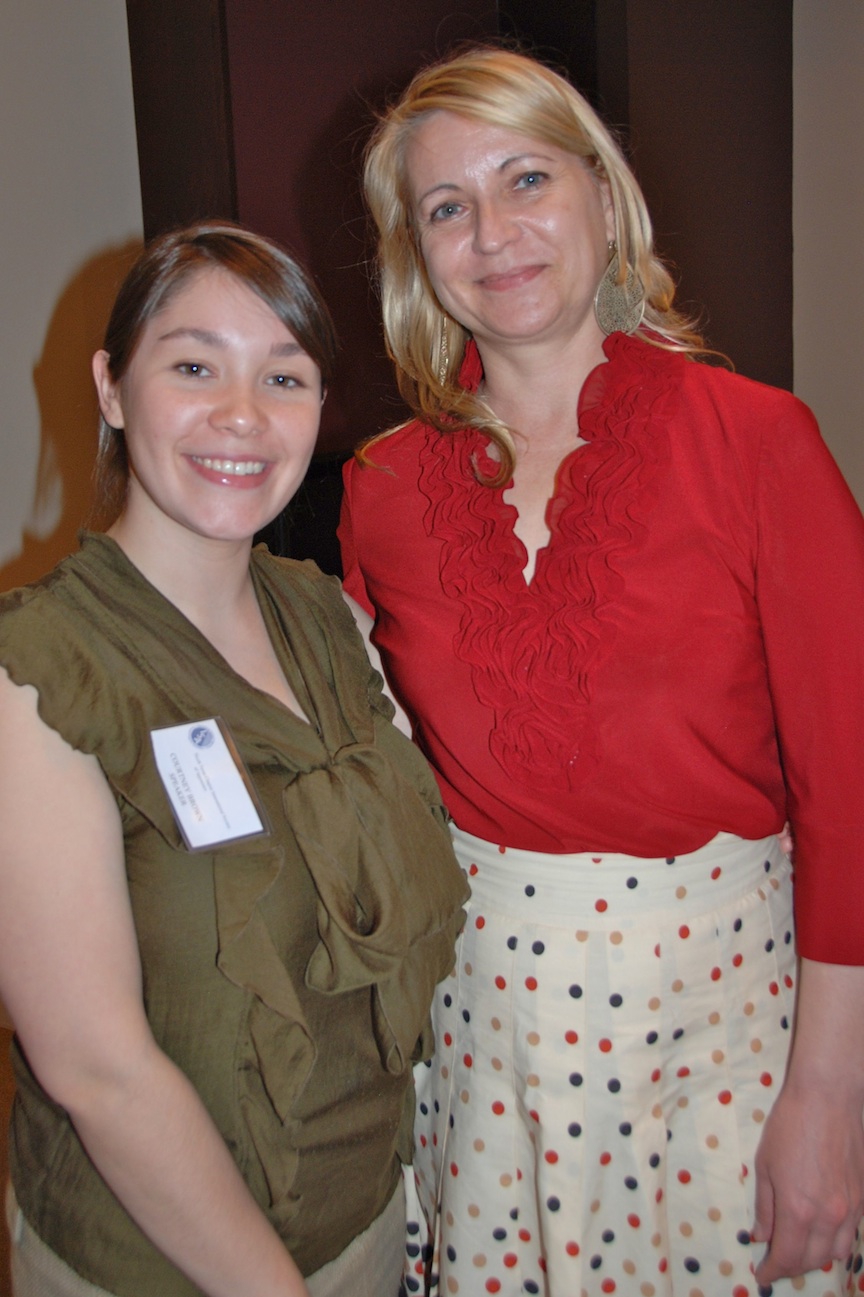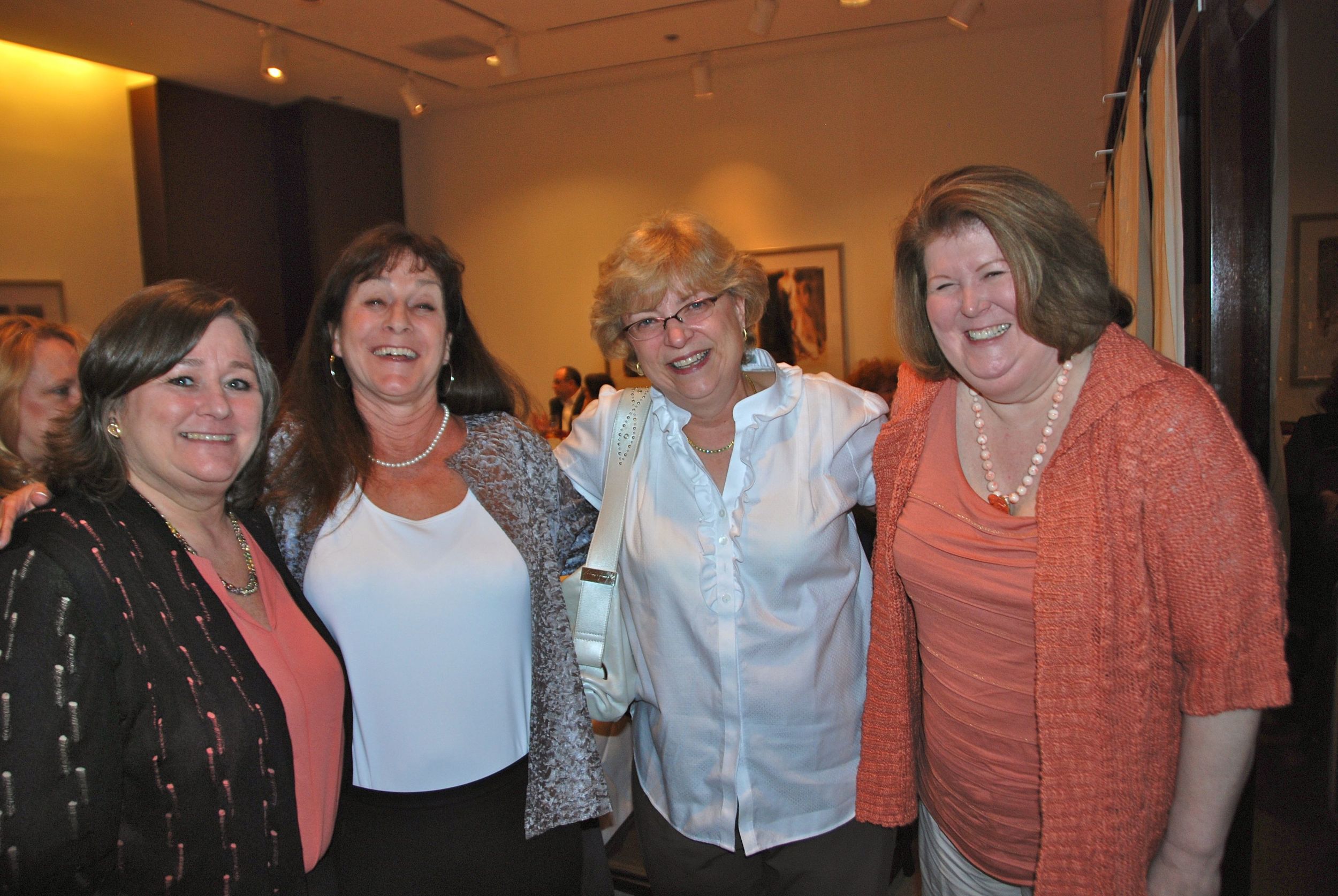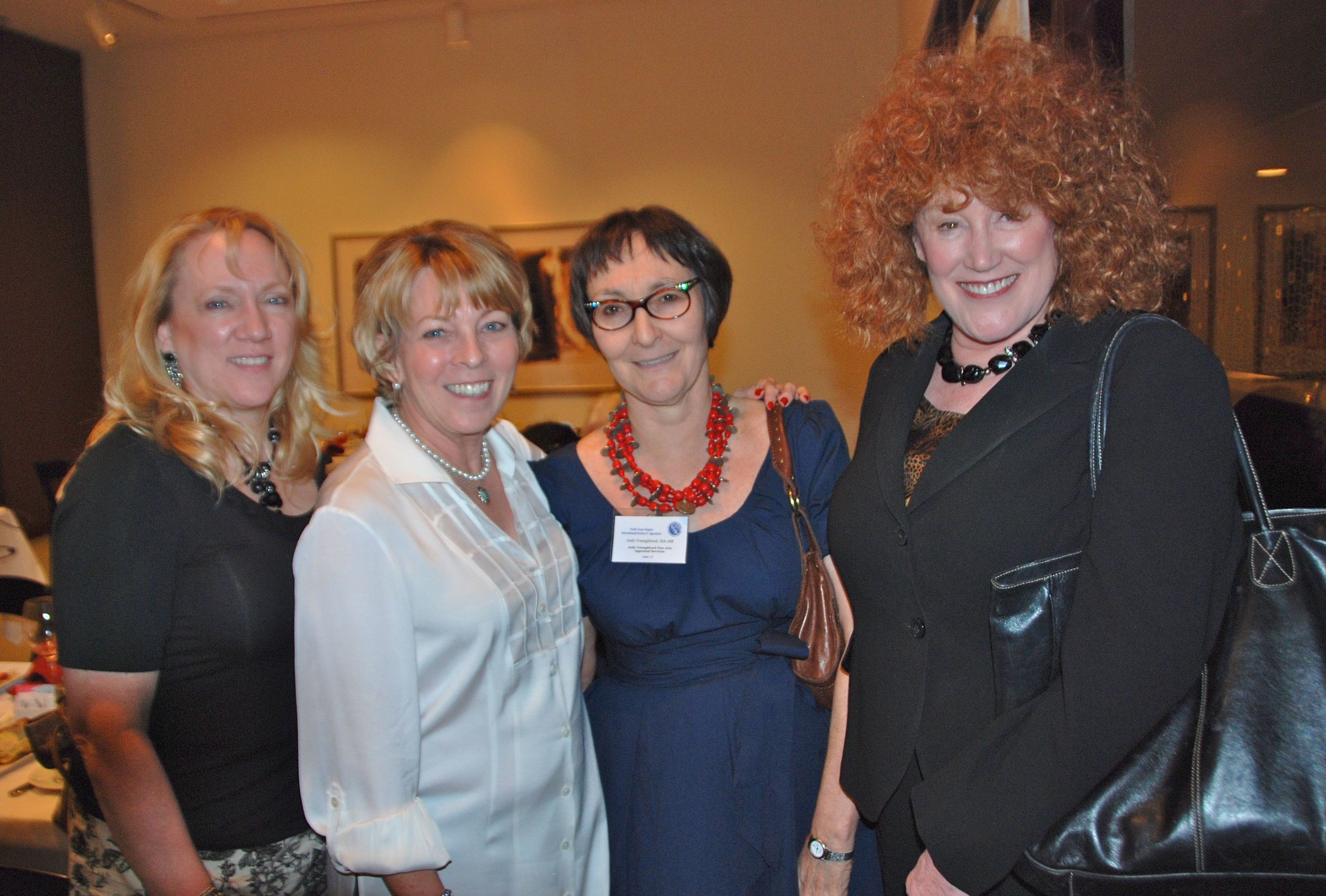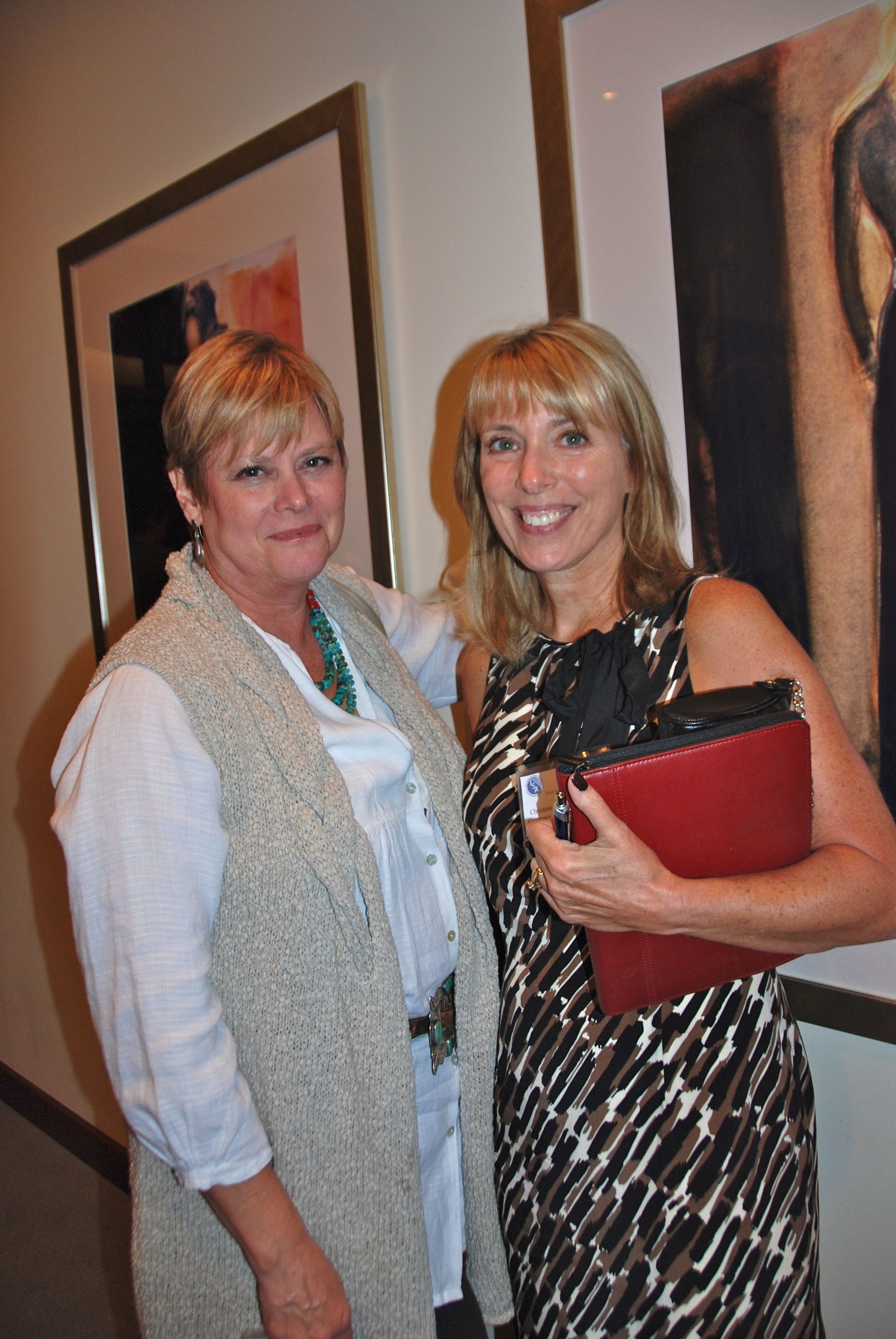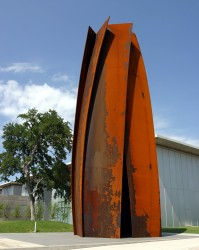 “The Age of Impressionism” opened at the Kimbell Art Museum on March 11th with a fantastic arrangement of pieces from the Sterling and Francine Clark Art Institute of Williamstown, Massachusetts. The Clark collection of Impressionist pieces gives any viewer a concise and crisp view into the movement as a whole, and the collection itself is known and recognized around the world. The Kimbell is the exhibition’s only U.S. stop on its three year tour, with other shows taking place in Italy, Japan, China, the United Kingdom, Canada, France and Spain. This is quite a treat for the Lone Star state.
With over twenty pieces by Renoir, six by Monet, selections by Toulouse-Lautrec, Degas, Manet, Pissarro, Sisley, Gauguin and other major French painters from the period, the 73 paintings exhibited display masterpieces from the popular Impressionist time period. The French impressionists are the soul of the Clark collection, which Sterling, the heir to the Singer sewing machine fortune, and his wife Francine, a French actress, began building in the early twentieth century. The Clarks erected an art museum in 1955 and have expanded the facilities over time. The Clark is currently undergoing a major expansion by architect Tadao Ando, and while construction is underway a large number of pieces have been lent for the exhibit.
“The Age of Impressionism” opened at the Kimbell Art Museum on March 11th with a fantastic arrangement of pieces from the Sterling and Francine Clark Art Institute of Williamstown, Massachusetts. The Clark collection of Impressionist pieces gives any viewer a concise and crisp view into the movement as a whole, and the collection itself is known and recognized around the world. The Kimbell is the exhibition’s only U.S. stop on its three year tour, with other shows taking place in Italy, Japan, China, the United Kingdom, Canada, France and Spain. This is quite a treat for the Lone Star state.
With over twenty pieces by Renoir, six by Monet, selections by Toulouse-Lautrec, Degas, Manet, Pissarro, Sisley, Gauguin and other major French painters from the period, the 73 paintings exhibited display masterpieces from the popular Impressionist time period. The French impressionists are the soul of the Clark collection, which Sterling, the heir to the Singer sewing machine fortune, and his wife Francine, a French actress, began building in the early twentieth century. The Clarks erected an art museum in 1955 and have expanded the facilities over time. The Clark is currently undergoing a major expansion by architect Tadao Ando, and while construction is underway a large number of pieces have been lent for the exhibit.
It is a beautiful show, and the best part is that it just keeps on going. Paintings wrap around and fill the Kimbell’s large exhibition hall, and there is literally a masterpiece around every turn.
“Onions” by Pierre-Auguste Renoir painted 1881 was one gem of the show. The deliberate and quick brushstrokes from the artist seem to rain down in parallel diagonals and almost collide with the curvature of the onions, garlic and cloth atop the table. As with most of the paintings in the exhibition, from afar a delicate and moving scene is rendered, but the closer the viewer gets, the more the canvas seems to disintegrate into swaths of color; it is no great mystery these artists and these very works were the inspiration for the pointillist movement that followed.
Another favorite piece by Renoir was “Sunset”, c. 1879. The oil on canvas measuring 18 by 24 inches pays homage to Claude Monet’s famous 1872 painting “Impression Sunrise”, the painting which lent the movement its name when Parisian art critic Louis Leroy mockingly referred to it with the phrase, 'not a painting, just an impression'. Like Monet, Renoir’s seascape is a captured moment, an instantaneous impression depicted quickly on the canvas. With bright and dark blues, subtle yellows and vivid pinks the artist’s hand is evident in every stroke. As one looks at the piece, it is difficult to comprehend how the colors maintained their clarity and didn't collide into a quagmire of brown or purple.
The piece is a masterful display of layered color and balancing line to create movement; the water moves at the mercy of the wind and current as the sun sets in the background, all targeted around a small black sail boat in the center of the canvas.
The numerous Renoir pieces are almost like a show within a show, clearly giving the viewer an overview of the artist’s evolution from the 1870s to the 1890s. Be sure to see his “Self Portrait” from 1875 in which the artist portrays himself in a black suit with a fancy colorful collar; the portrait is intense in expression, depiction and emotion.
The show-stealing piece was “Dancers in the Classroom”, 1880 by Edgar Degas. The oil on canvas measuring 15 ½ by 34 ¾ inches encapsulates Degas as an impressionist. At first glance the canvas is dark and almost murky, consisting mostly of browns, dark greens and maroon; the hues of a working dance studio before electric lighting. But as I studied the piece and let my eyes adjust to the canvas, there was nothing dark about it. It became delicate and bright, with bursts of color and movement.
Degas captured the mood of his subjects. Each dancer seems to be in her own world as she stretches and practices. Each is fully engrossed in her own thoughts; none confront the viewer directly. Amidst the low light of the studio coming in from the windows onto the muted walls and floor, Degas accentuated his subjects and livened his canvas with color; a yellow or orange sash wrapped around a dancer’s waist, red and blue on the folds of a ballerina’s fan, subtle pinks on their legs and the tops of their feet, all make the piece breathe and point to the heart of the artist's pursuit by capturing a momentary impression in time. This piece alone is worth attending the show.
The landscapes of the movement are powerfully represented with pieces like “The River Oise near Pontoise”, by Camille Pissarro, “Geese in the brook”, and “Tulip Fields at Sassenheim, near Leiden” by Claude Monet and the fantastic “Farm in the Landes” by Théodore Rousseau. These landscapes are smartly presented at the beginning of the show, allowing the viewer to see them as a breaking out point for the era and artists; they are the kindling which set fire to the movement.
So, do you really need to go see another Impressionist exhibition? In this case the answer is an absolute resounding Yes, because this isn’t just another show. The Clark collection includes many well-known masterpieces of Impressionism and this is a rare opportunity to see them in Texas. The Kimbell exhibition will be running through June 17th, when it will pack up and head to its next stop overseas. “The Age of Impressionism” is an extraordinary showcase certainly worthy to catch this summer. Don't miss it! And plan enough time on your visit to stop by the Amon Carter Museum. The Amon Carter specializes in American Art and the Clark has loaned four early John Singer Sargent paintings, a rare opportunity to see these pieces locally.
M.P.Callender www.Signet Art.com www.KimbellArt.org






